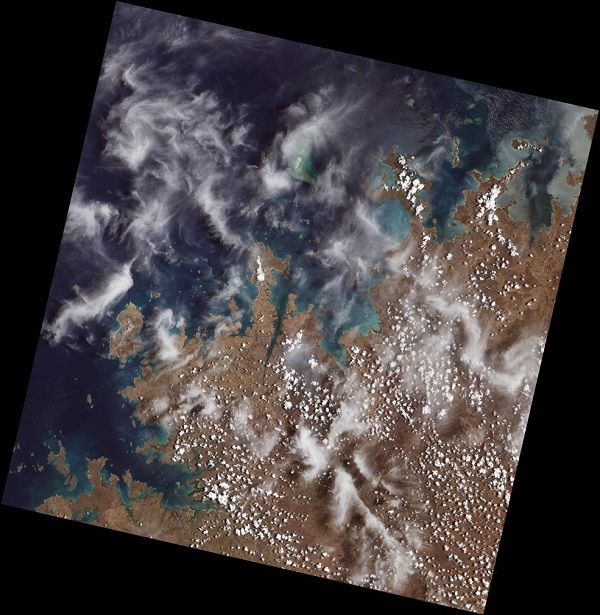Washington, (Samajweekly) NASA’s Earth-observing satellite Landsat 9 has collected its first light images of Earth, capturing critical observations about our changing planet.
Launched on September 27, Landsat 9 is a joint mission between NASA and the US Geological Survey (USGS).
The images, all acquired October 31, provide a preview of how the mission will help people manage vital natural resources and understand the impact of climate change. The images add to Landsat’s unparalleled data record that spans nearly 50 years of space-based Earth observation.
Landsat programme “has the proven power to not only improve lives but also save lives”, said NASA Administrator Bill Nelson in a statement.
NASA will continue to work with USGS to help decision makers “better understand the devastation of the climate crisis, manage agricultural practices, preserve precious resources and respond more effectively to natural disasters”, Nelson added.
These first light images show Detroit, Michigan, with neighbouring Lake St Clair, the intersection of cities and beaches along a changing Florida coastline and images from Navajo Country in Arizona that will add to the wealth of data helping monitor crop health and manage irrigation water.
The new images also provided data about the changing landscapes of the Himalayas in High Mountain Asia and the coastal islands and shorelines of northern Australia.
Landsat 9 is similar in design to its predecessor, Landsat 8, which was launched in 2013 and remains in orbit, but features several improvements.
Landsat 9 can differentiate more than 16,000 shades of a given wavelength colour; Landsat 7, the satellite being replaced, detects only 256 shades. This increased sensitivity will allow Landsat users to see much more subtle changes than ever before.
Landsat 9 carries two instruments that capture imagery: the Operational Land Imager 2 (OLI-2), which detects visible, near-infrared and shortwave-infrared light in nine wavelengths, and the Thermal Infrared Sensor 2 (TIRS-2), which detects thermal radiation in two wavelengths to measure Earth’s surface temperatures and its changes.
These instruments will provide Landsat 9 users with essential information about crop health, irrigation use, water quality, wildfire severity, deforestation, glacial retreat, urban expansion, and more.
USGS will operate Landsat 9 along with Landsat 8, and together the two satellites will collect approximately 1,500 images of Earth’s surface every day, covering the globe every eight days.










